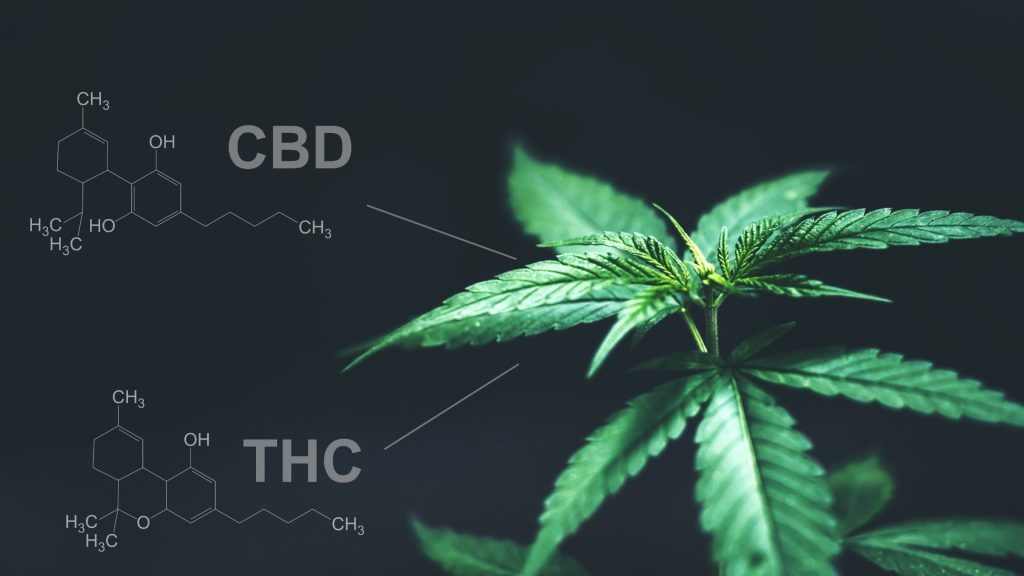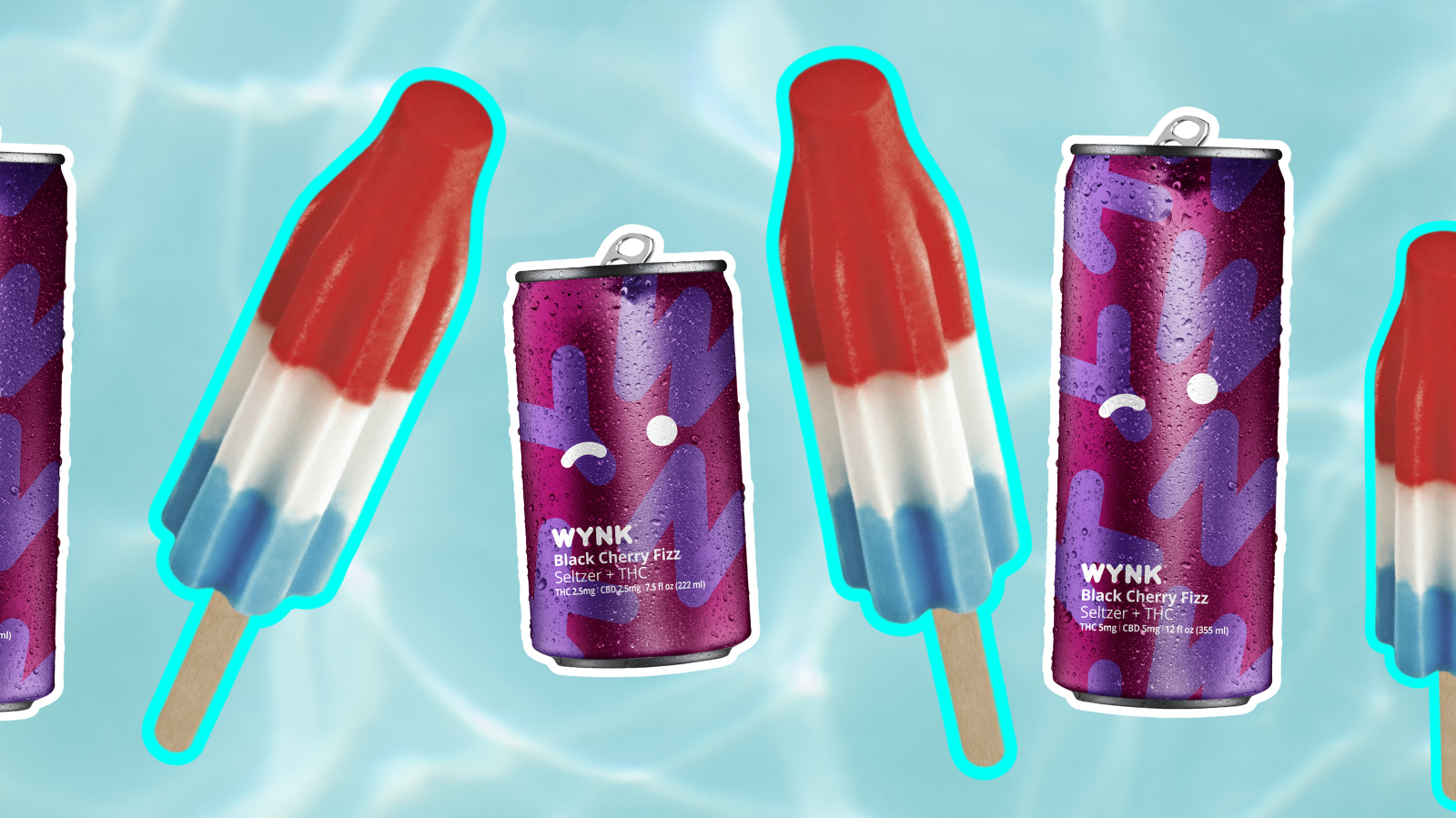By Andrew Ward
Cannabis is a complex plant that has captivated communities for ages. Despite its long-known benefits, we only began clinically researching it around the 19th century. We’ve formed conclusions about cannabis use through that research and decades of user feedback. Still, additional clinical research is needed to confirm most of the hypotheses.
One thing we do know is that cannabinoids play an integral role in delivering the effects found in various strains. Despite the often lacking clinical data, cannabis research has made significant progress and should continue to do so in the future. As it does, we’ll learn more about the plant and essential compounds like cannabinoids.
A Brief Overview Of Cannabinoid Research
Clinical cannabis research began at the turn of the 19th century. In 1899, cannabinol (CBN) became the first cannabis cannabinoid identified by researchers. For years, CBN would be regarded as the primary component responsible for its effects. It would take decades to prove the findings incorrect. Nonetheless, CBN has been critical to advancing research and plant knowledge.
In 1940, CBN’s complex compounds would be chemically synthesized. That year also saw cannabidiol (CBD) extracted for the first time. In 1942, researchers would do the same with delta-9-tetrahydrocannabinol (d-9-THC), the main ingredient in cannabis that gives this plant its iconic “high.”.
The first several decades of cannabis research primarily focused on the three cannabinoids. We first formed lab-based conclusions and opinions about the plant and its effects with those compounds. More specifically, researchers started identifying what they concluded were specific cannabinoid-based effects. Coupled with nonscientific anecdotal evidence, many researchers and the public began forming their own opinions about plant effects that continue to be tested by clinical research.
The ’60s served as a significant leap forward in our understanding. In 1963, Israel-based chemist Raphael Mechoulam and other researchers identified the structure of CBD. The following year, he and his team isolated THC from cannabis for the first time. In 1965, the team synthesized THC and CBD for the first time. These advancements helped better understand the two cannabinoids while enabling analysts to identify additional cannabinoids over the following years.
By 1971, the Nixon-era war on drugs went into full effect. Still, clinical analysis carried on in parts of the world. Again, Israel served as a primary research destination. The global research effort helped discover the endocannabinoid system (ECS), a network of internal signals and receptors that manage numerous critical day-to-day functions.
If you didn’t know already, the ECS is a system not unlike the other systems you learned about in Biology, like the digestive system. And guess what? Like the digestive system, everyone has one. Not just cannabis consumers.
In 1988, Dr. Allyn Howlett and her research team at St. Louis University identified cannabinoid receptors in rat brains. The discovery is regarded as the first to locate receptor sites in the body where cannabinoids bind. In 1992, Dr. Mechoulam, Lumir Hanus and other leading researchers isolated the first endocannabinoid, anandamide, a lipid that binds to brain receptors and mimics THC effects.
In the years since research has incrementally gained steam as law and public stigma lessen. We can expect to learn more about cannabinoids, the ECS and the plant-body connection in the coming years. Still, for now, we’ve only scratched the surface of this immense iceberg of information.
The Major Cannabinoids
Depending on your source, there are anywhere between several dozen to over 100 identified cannabinoids in cannabis. Several are classified as major cannabinoids. They earn the distinction for being one of the most abundant compounds found in the plant. Others acquire the title for being one of the more compelling cannabinoids to research.
These are some of the major cannabinoids piquing interests and showing up most:
THC (Δ9–tetrahydrocannabinol)
THC has various reported effects, as stated earlier, most know it for its “high.” More specifically, a high is cannabis intoxication, often called a psychoactive effect. The reaction occurs when THC binds to the body’s CB1 and CB2 receptors in the ECS. Once attached to receptors, THC is often credited with a wide range of mental and physical relief, making it a popular option for ages.
THC’s effects tend to last six hours or less, depending on various plant and human factors. Every person experiences cannabis differently, making no effects or outcomes guaranteed.
That said, decades of anecdotes and select lab studies suggest that THC may potentially help with various medical issues. In 1985, several US drug companies received US FDA approval to create THC-derived medical products.
CBD (Cannabidiol)
The second-most publicly known cannabinoid today, CBD, is a popular compound among consumers and researchers. Consumers have flocked to CBD as a non-intoxicating compound with effects oft-compared to THC.
Like THC, consumer demand has outpaced our understanding of this critical plant compound. We need additional studies to confirm the claims made in randomized controlled trials and anecdotal feedback. Still, the limited research has not dampened hope among CBD https://drinkwynk.com/wp-content/uploads/2023/12/15wynkgiftcard.jpgers, including researchers.
Select analysis has concluded that CBD may help people with various conditions and only minimal side effects reported. However, most lab analysis calls for additional studies to better understand plant compounds and their effects.
Despite the lack of clinical analysis, some areas appear more optimistic than others. A 2019 Canadian research program is credited as the first to identify how CBD offsets THC’s intoxicating effects.Even then, researchers said that we don’t know how CBD creates these effects. This means we still have a lot to learn about this prevalent cannabinoid.
In the US, the FDA has approved the CBD-derived drug Epidiolex for treating seizures related to Lennox-Gastaut syndrome and Dravet syndrome.
CBG (Cannabigerol)
First synthesized in 1964, the non-intoxicating cannabinoid CBG served as a critical compound during the early days of modern cannabinoid research. Being around for several decades has allowed us to better understand the cannabinoid more than others. Of all the understandings so far, its acidic form, CBGA, is likely the most telling.
Think of CBGA as the first domino in the process that leads to us enjoying the plant’s benefits. Often called the Mother of All Cannabinoids, CBGA is the source which all cannabinoids derive from. Without CBGA, we don’t have the carboxylic acid strains THCA and CBDA; without those, we don’t have THC or CBD.
In most cases, matured cannabis crops won’t have a high CBG potency. Though, some cultivators are now creating or cross-breeding plants to develop higher CBG percentages. The interest in high CBG strains comes as some reports suggest that CBG has similar effects to CBD.
CBN (Cannabinol)
CBN may have been the first cannabinoid identified in cannabis history, but it would not have been the case had it not been for some old THC. When a cannabis plant ages, its THC content can convert or degrade into CBN. While it is known to oxidize into CBN over time, we still don’t seem to have a clear timeline for when it occurs. Some say the process takes about a year, but that is mainly anecdotal and likely is affected by various plant, environmental and storage factors.
An oft-discussed talking point around CBN is its sedative or sleep-inducing effects–which may explain why an uplifting strain of cannabis may not do the trick if it has aged several months. Though, the debate rages on, with many claiming that CBN only does the trick when combined with THC.
Again, this is mostly, if not entirely, anecdotal. Other research has suggested CBN could play a role in addressing some skin conditions and burns. In any case, proceed with caution until we know more
CBC (Cannabichromene)
First discovered in 1966, CBC is another non-psychoactive cannabinoid showing immense promise in certain lab studies. While we have much more to learn about it, CBC has shown its poor ability to bind to CB1 and CB2 receptors. Instead, it binds with different receptors, often associated with the vanilloid receptor 1 (TRPV1) and transient receptor potential ankyrin 1 (TRPA1).
It is believed that when bound to the receptors, CBC may be responsible for the feelings of happiness experienced when using cannabis.
CBGV (Cannabigerivarin)
CBGV has shown potential in specific medical uses, like others on the list. However, its most promising area of potential may be its https://drinkwynk.com/wp-content/uploads/2023/12/15wynkgiftcard.jpg of other cannabinoids. Like CBG, CBGV is believed to break down over time, converting to THCV (tetrahydrocannabivarin) and CBDV (cannabidivarin).
The non-intoxicating cannabinoid acid has shown potential to also help cannabinoids like THC and CBD better bind to ECS receptors. Select studies have also concluded that CBGV may enhance potency in several functional outputs.
There is hope that CGBV can help address medical conditions, but additional research is required.
THCV (Tetrahydrocannabivarin)
Like THC, THCV produces an intoxicating effect backed by several areas of useful potential. Products containing THCV are marketed by companies as having the potential to aid in weight loss.
THCV isn’t abundant in every strain but has a variety of higher potency strains, which can account for up to 16% of the plant’s cannabinoid profile.
CBDA (Cannabidiolic acid)
The carboxylated form of CBD, CBDA first came into the scientific spotlight when it was isolated in 1955. Along with THCA and CBCA, CBGA is one of three to directly convert from CBGA.
In the decades since, CBDA played a minor role in most lab studies, with few using the compound for biological evaluation. As such, most of us know CBDA as the cannabinoid degrades into CBD over time. Still, studies have increased focus since around 2008, revealing some areas of potential promise including temporary relief from muscular soreness.

Major Cannabinoids Becoming Major Business
Legalization has opened up medical and recreational markets for us to enjoy. Those markets are https://drinkwynk.com/wp-content/uploads/2023/12/15wynkgiftcard.jpged by the growing number of research and analysis into cannabis and its numerous aspects. Today, the combination of a growing legal market and increased studies has opened the door for more cannabinoids to shine.
Think about it, we’ve already gone from being a THC-focused marketplace to having millions seek out CBD. We’re now at the start of the other major cannabinoid boom.
Through isolate, distillate and high-potency strains, we can enjoy various cannabinoids. WYNK uses a distillate of pure THC oil to deliver a pure blend of the two most popular cannabinoids in a low-dose format. Other companies may focus on one or a blend of CBG, CBN or other cannabinoids depending on the effect they hope to deliver to consumers.
The world of opportunities is just coming online. Expect more in the coming years if regulations are friendly.
Whichever the case may be, we now don’t have to wait as long to feel results. Through nano emulsification, edibles are now better and faster absorbed into the body. Meaning, that instead of waiting 30 to 90 minutes, you can feel an edible’s effect in around 10 to 15 minutes.
Find out for yourself today with WYNK’s line of infused seltzers, including Lime Twist, Black Cherry Fizz and Juicy Mango.
Andrew Ward is a Brooklyn, NY based freelance journalist and copywriter. Some of Andrew’s notable publications and clients include High Times, Benzinga, Business Insider, Rolling Stone and many more.






